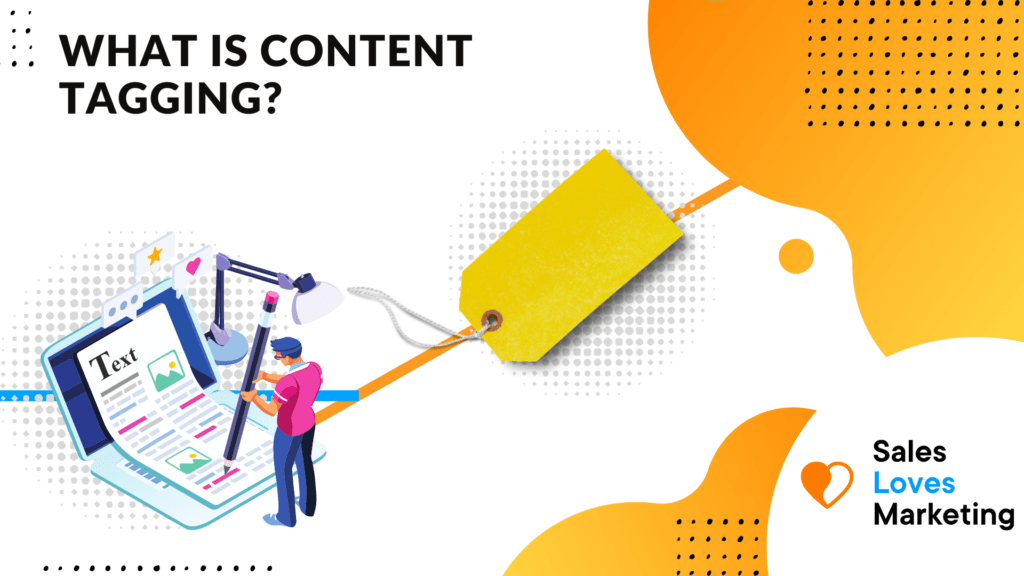Content tagging is often misunderstood by many marketing and advertising professionals. In the world of content marketing, tags are used to classify and organize content. However, there is more to “tags” and “tagging” than just adding a layer of organizational structure. Content tagging offers tremendous opportunities to improve user experience as well as the performance of your website.
Content Tagging Defined
Content tagging is the practice of organizing your content and files in a way that builds a useable framework to make your workflow easier and more efficient. If you happen to create, manage, or run someone’s content strategy, it’s extremely important to be well organized.
Using tags effectively can help you establish a working framework for organizing content in a structured way that can enhance user experience. On top of that, content tagging can also drive more growth once you learn how to measure it.
The Content Tagging Framework
Step 1) Tag Discovery and Definition
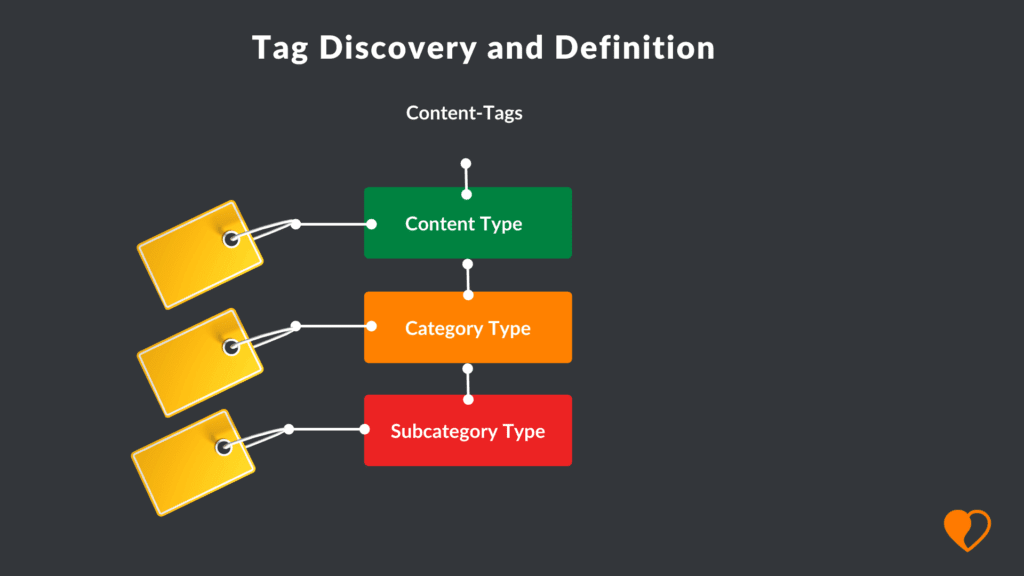
The first component to establishing a strong content tagging framework is compiling active tags or tags you plan to use. Once you have compiled the necessary metadata you will gain a better understanding of how your information is going to be organized. Different types of content taxonomies can include:
- Categories
- Content types
- Source
- Subject
- File Type
- Dates
- Author
- Publisher
These taxonomies will serve as the starting point for your tag management.
Step 2) Tag Assignment
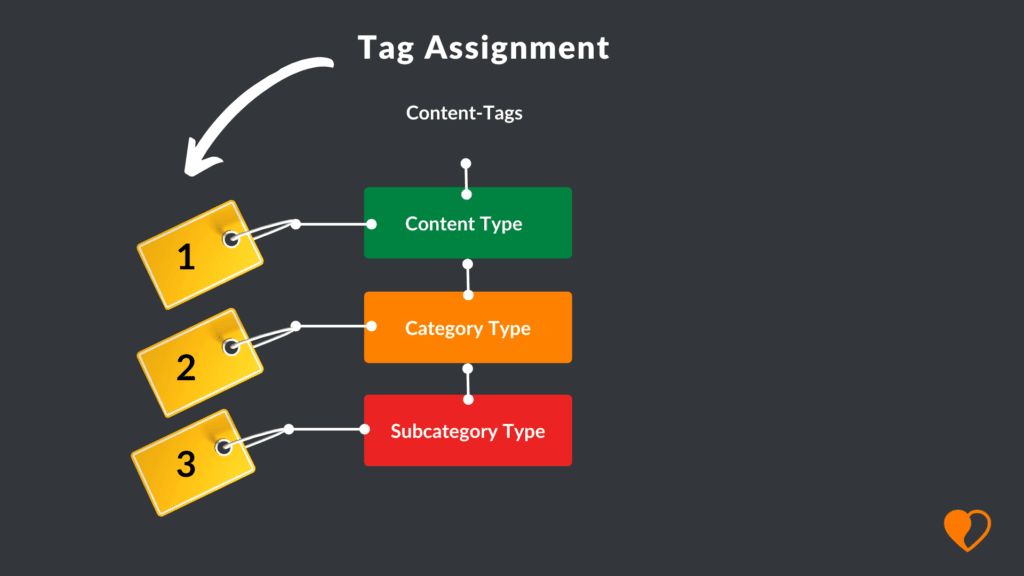
The next step is to carefully look at all your content and if it’s missing tags that can help users, assign those tags accordingly. This will depend on your content taxonomies and how you plan to organize your content.
Recommended Reading: 4 Powerful Styles of Writing for Content Marketers
The focus of your tag assignment should focus on relevancy. The more relevant and detailed your tags are regarding your topic, the more it will help your audience understand the message you are trying to relay.
Step 3) Analysis and Tracking
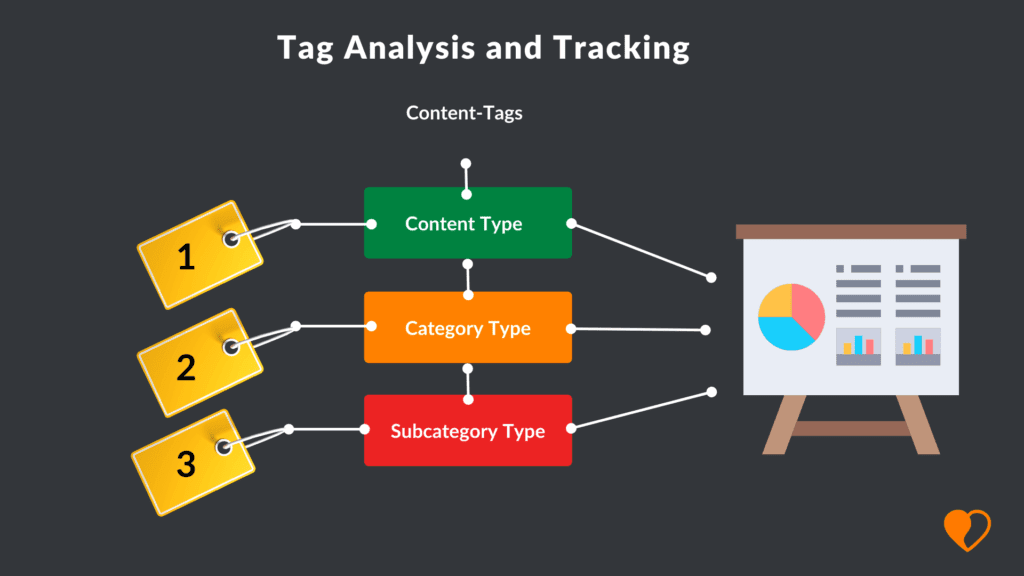
A huge advantage to using content tags as a part of your content management strategy is the fact that you can track which tags generate the most engagements and traffic. Most content management systems like WordPress for example, will be able to show you how certain tags are performing compared to others.
By understanding what types of tags generate the most engagements, you can put your content focus on the tags that are already delivering you results.
Content Tagging for Instagram #
One of the most popular ways in which tags and hashtags are used is on Instagram posts. You create a piece of content, add your quirky description and then add a relevant hashtag to send out into the social ether.
Tags are extremely important for Instagram posts because its a popular way of getting your content discovered. If you want your content to be discovered it’s important to first find out the best Instagram hashtags to use in order to attract views to your brand. See some of the following hashtags that can get your content discovered.

As we stated before, the focus of your tag assignment should focus on relevancy. You should be using tags that are relevant to your content, otherwise audience retention and engagement level will be low.
Content Tagging For SEO
Another extremely valuable use for tags is in the world of SEO. If you write blog posts and articles, it’s important that those blog posts and articles to be organized effectively. In addition to having your content organized in it’s own categories, placing tags on that content can help give readers extra information about the piece of content they’re consuming.
Example Content Tags
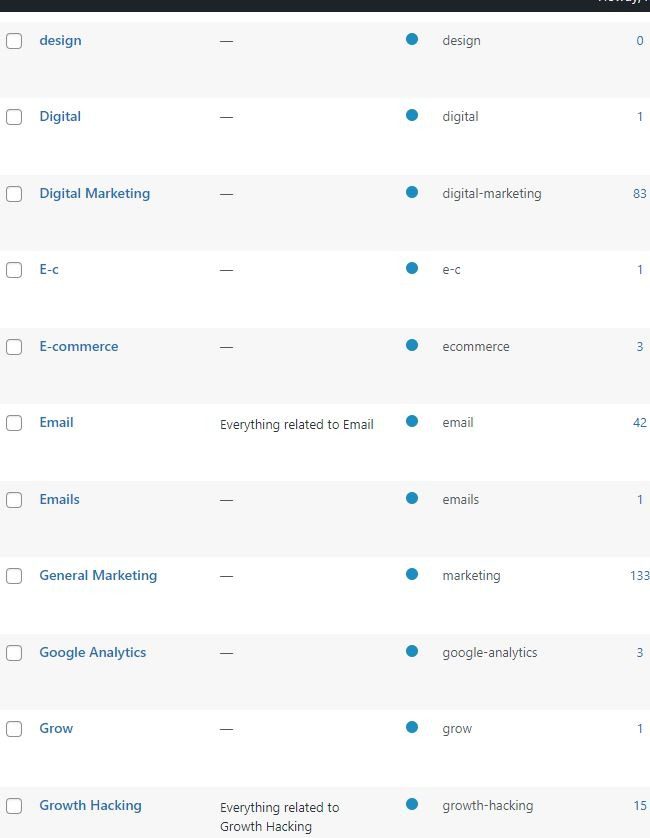
If they want to read additional content that is very similar to the piece they just read they can explore content on your site based on the “tag”.
The Benefits of Content Tagging
Using tags as a way to manage and organize your content can have some great benefits. Some of these include:
- Improved user experience
- Lower bounce rate
- Can improve SEO performance
- Better website flow and structure
- Can help you gain additional content exposure
- Easy way to find specific content you created
Conclusion
As you can see there are some great advantages to using content tagging inside your business. It’s easy, effective, and can help you stay organized when writing content and engaging with your audience.
